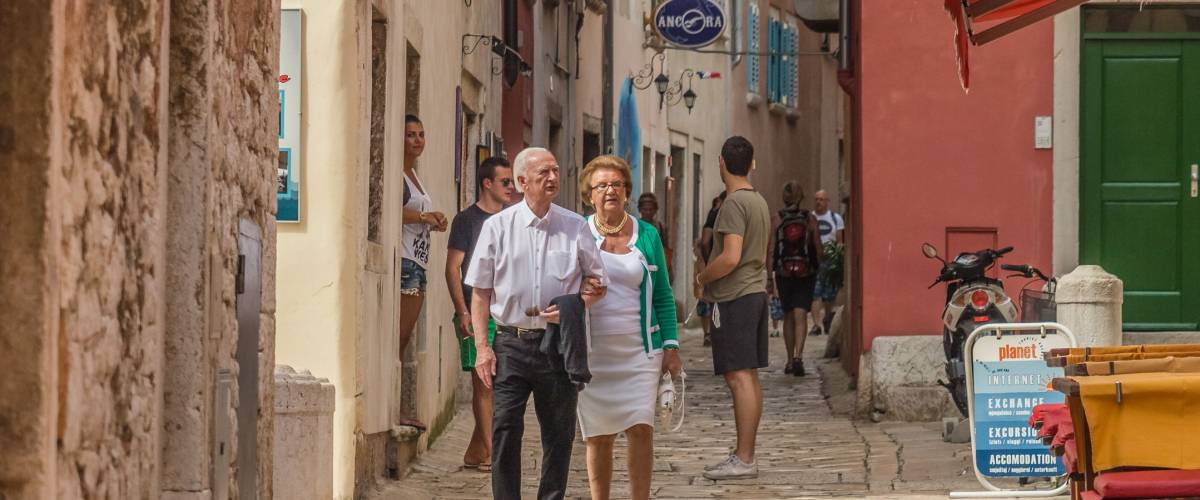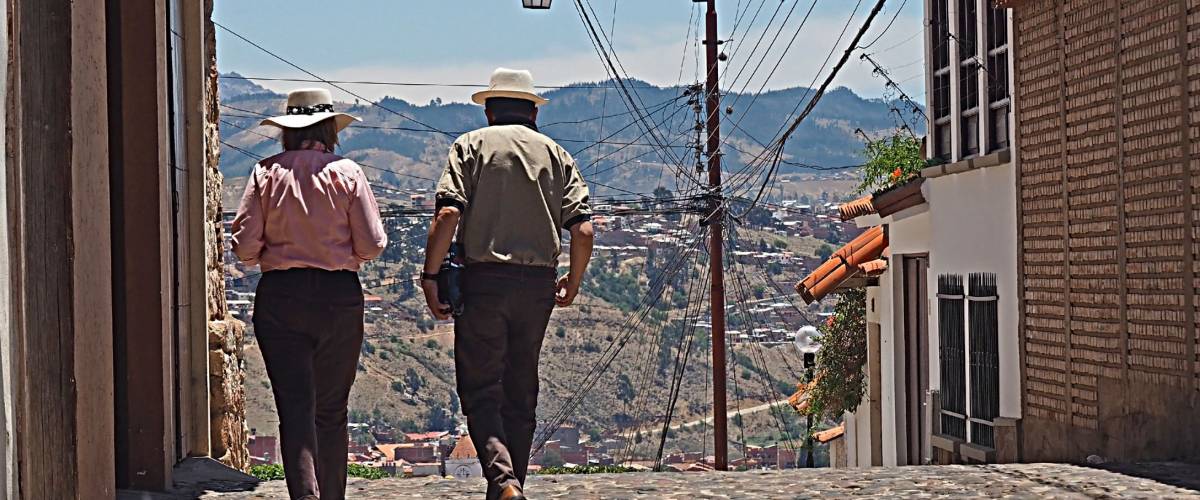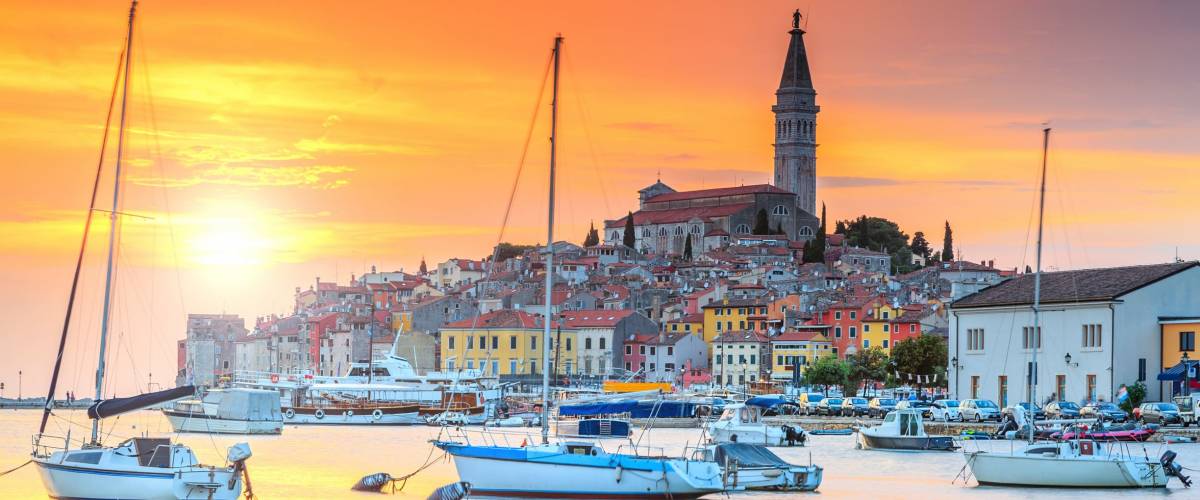With more than 1,000 islands to explore off its shores, seaside towns, mountain getaways and a simple, peaceful lifestyle, Croatia will never be a boring retirement destination.
The Balkan nation has cold winters and very hot summers, although its infamous “bura” wind will cool you right off. English is widely spoken in seaside towns, but you’ll need to know some basic Croatian to get by in inland villages.
In-the-know expats head to the northern peninsula of Istria, which is “the new Tuscany,” according to International Living magazine.
A one-bedroom in the small coastal towns of Pula and Rovinj will rent for around $300 a month, while you could buy an apartment that size for $70,000. Or, for as little as $110,000, you could own a home in the vibrant capital, Zagreb.
How to retire to Croatia

You’ll need to live in Croatia for five years before you can apply for permanent residency.
To gain residency, first you must register for the state health system and pay a year’s worth of back payments, which costs about $800 for two people, says International Living. The best hospitals are in Zagreb, Pozega and Slavonski Brod.
To stay longer than 90 days, you’ll need to apply for a temporary residence permit at the local Ministry of Interior office or police station and prove you have adequate financing and that you own property or that your yacht is moored in the marina(!).
After renewing this temporary residence visa for five years, you can apply for permanent residency.
19. Bolivia

If you retire to Bolivia, you’ll be lured to the famed salt flats.
The landlocked South American nation of Bolivia has been luring expats for years with its lovely weather, unique geographical features and extremely low cost of living.
If exploring mountains, salt flats, charming colonial towns and bustling cities sounds like a good time, then you might just enjoy retiring in Bolivia!
Public health care in Bolivia is still under development, so you’ll find better care in private clinics. Health insurance can help cover the costs.
Expats can lead a comfortable life for around $1,000 a month in affordable Tarija. Many foreign retirees also have happily visited and settled in Santa Cruz and La Paz. Being able to speak Spanish will help you fit in.
How to retire to Bolivia

Bolivia is a nation that’s rich in history and has an abundance of natural wonders.
If you want to retire in Bolivia, you’ll need to enter the country with a “specific purpose visa”, which requires you to submit a letter stating your intentions and including proof of your economic situation and a police record check.
But you’ll probably want to check the place out before you make the leap. To visit, you’ll need to get a tourist visa from the Bolivian consulate.
Calculate how much more you need to save each month to reach your retirement nest egg goal.

